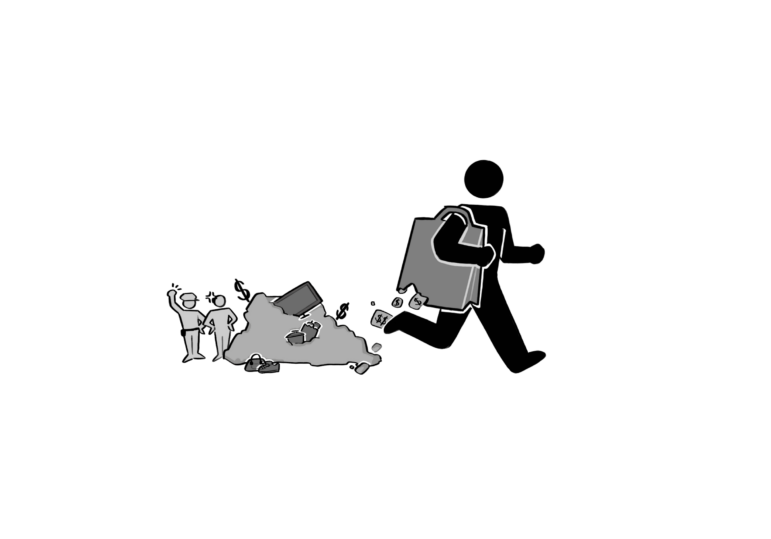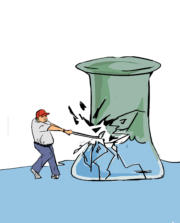
San Mateo County has experienced a 53% increase in shoplifting from 2019 to 2022, when the county had its highest rate of 347 reported incidents. This rise of arrests and retail theft-related cases over the years has brought the police of San Mateo, San Bruno and Daly City into a partnership, forming The Organized Retail Theft Task Force in November 2023.
Even though the supposed surge in retail theft was overblown, with a CNN report highlighting a Walgreens executive admitting that they had overreacted to losses as a result of shoplifting, California has taken steps to mitigate retail theft.
In September 2023, The State of California offered grants to fund crime-fighting programs through the California Board of State and Community Corrections. The grants totaled $242.25 million and were awarded to 31 City Police Departments and seven Sheriff’s Offices.
San Mateo, San Bruno and Daly City were given nearly $8 million collectively and put the money to combat retail theft.
“We have an officer who sits in front of Apple [in] Burlingame,” said Jeanine Ovalle, San Mateo Police Department county relations officer. “We have an officer that sits in front of Sephora. These businesses were now taking it a step higher and actually hiring law enforcement to help protect their businesses because [retail theft] was so rampant.”
Alongside this new task force, there have also been new, statewide laws that target organized retail theft that went into effect recently. Proposition 36, an initiative that cracks down drug and theft crimes, was enacted Dec. 18, 2024.
Proposition 36 turns burglary and shoplifting valued at under $950 from being classified as misdemeanors to felonies. Robberies committed by groups will also suffer extended sentences.
“We can now aggregate cases together,” Ovalle said. “Prop 36 has really given us a few different ways now to charge organized retail theft where we didn’t have it before.”
The need for the ORTTF and other retail-combating laws are mainly due to the increasing complexity regarding the execution of modern theft operations.
“[These shoplifters] are organized,” Ovalle said. “They are crews. They go in, and a lot of them were getting away with this stuff because, during COVID, they were able to wear masks, which would hide their identities and their features from video.”
Tommy Predovich, the owner of the Vinyl Solution Records store, describes an organized theft incident that happened in the past at his store.
“A couple guys, years ago, came in,” Predovich said. “Both of them were stacking up stuff towards the front. And then [someone else] … came in the back and distracted us with a bunch of questions while the other ones tried to grab [merchandise].”
Ron Ansley, the owner of the California Art Supply Company store, had a similar experience.
“I feel personally affronted when that kind of thing happens,” Ansley said. “It’s a very personal thing, like when somebody breaks into your car. You feel violated.”
Shop owners who are aware of the likelihood of retail theft keep an eye out for those they deem suspicious.
“[Businesses] get to a point where they don’t trust anybody,” Predovich said. “They don’t trust a certain age group, or they don’t trust a certain this, or that.”
However, some people believe that in certain situations, theft can be viewed as understood and possibly excusable.
“During COVID, let’s say you lost your job,” said freshman Quinn Henry. “You still need to get food for your family, so you would go to a store, maybe shoplift a couple of loaves of bread or something, put it under your shirt and walk out. That’s fine, you have to eat.”
Many stores have been taking further actions to prevent their merchandise from being stolen, such as in drug stores like Walgreens or CVS, where certain items are locked up.
“It prevents me from getting the things that I want,” Henry said. “I don’t want to call an assistant over every time I want to get a new mascara.”
Bystanders can help out the police with retail theft by being an extra eye during the scene.
“Be good witnesses,” Ovalle said. “Who did you see? What did you hear? Where did they go? Are you able to catch a license plate? That’s the type of information we need that helps make our job a lot easier.”
Since the ORTTF’s establishment, the task force has been able to make significant improvements in curbing retail theft as of the new year. There have been a total of 229 arrests, 199 taken cases and over $90 thousand recovered in stolen items.



